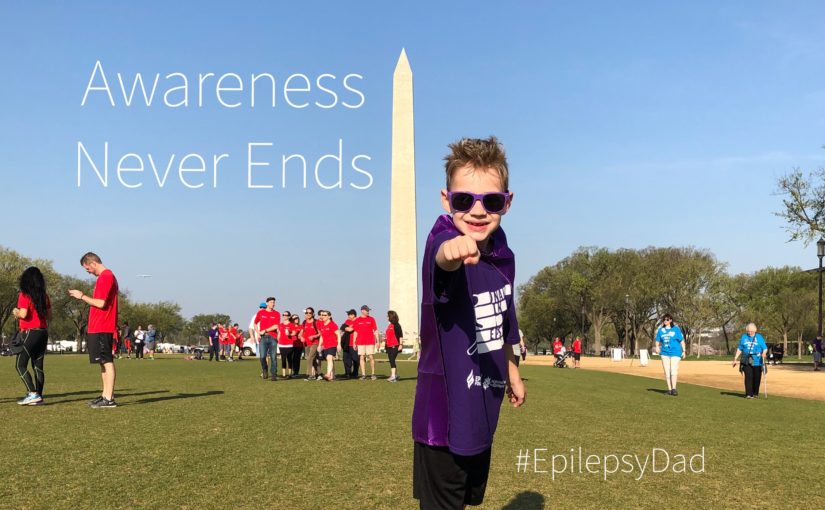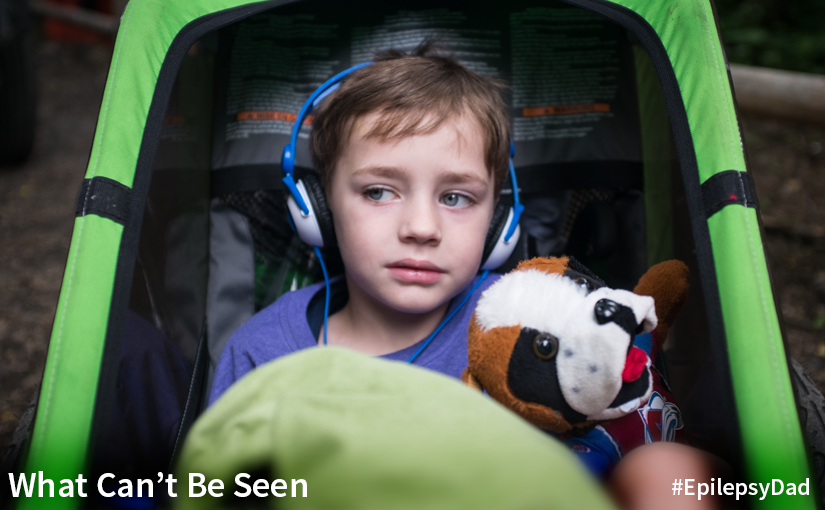This post is part of the Epilepsy Blog Relay™, which will run from June 1 to June 30, 2018. Follow along!
We sat at a large, round table in the special education classroom with half of us seated uncomfortably in child-sized plastic chairs. My wife, our advocate, and I sat on one end of the table. The district’s lawyer, psychologist and special education coordinator, the school’s principal and special education teacher, my son’s second-grade teacher, and his aide filled the remaining seats.
We were reviewing my son’s IEP that had just been approved. After two years of providing our own DIY education for our son under a makeshift 504 plan, we hired a lawyer to finally get my son a formalized education plan and the protection that it affords him. It was clear as we reviewed the supporting documentation that we needed that protection because the system is not set up for children like him. It was even more clear as we reviewed his test results that they didn’t really know my son.
They made comments about his learning without fully grasping how hard he works when he is outside their walls. They made judgments based on a few hours of testing and observation but they didn’t really understand him or what he was going through.
When the special education teacher said that she had other kids with epilepsy, I cringed. “I had another kid with epilepsy” is like saying I’ve seen one shade of blue. The spectrum of what epilepsy is to a person is as broad as the hues and tones that make up every color imaginable.
This wasn’t the first time that someone at my son’s school generalized epilepsy. The one-size-fits-all seizure plan hanging in the nurse’s office is another symptom of the lack of understanding around his condition. Sometimes, having a little knowledge and convincing yourself that you know everything about something is worse than having no knowledge at all. So we did what we always do and explained how epilepsy is different for everyone and how it affects our son specifically.
We know that won’t be the last time we need to provide that explanation because awareness never ends.
There will always be a new school year.
A new teacher.
A new aide.
A new babysitter.
A new parent.
A new doctor.
A new nurse.
A new coach.
A new team.
A new boss.
A new colleague.
A new friend.
Every time a new person comes into our lives, it is an opportunity to help them understand my son. It’s an opportunity to help them understand epilepsy from the perspective of a child and a family living it every day.
It is not always easy. It’s not easy to retell the story of how epilepsy tried to take our son. It’s not easy to describe how hard he has to work every day or to explain how epilepsy is more than just seizures. But every time we do it, we create understanding. It makes the world around my son a bit more accepting of him and his condition. And, I hope, it creates a bit more understanding in the world for other children like him.
NEXT UP: Be sure to check out the next post by Clair at http://www.epilepsybumps.com/.
TWITTER CHAT: Save the date for the #LivingWellChat on June 30 at 7PM ET.


